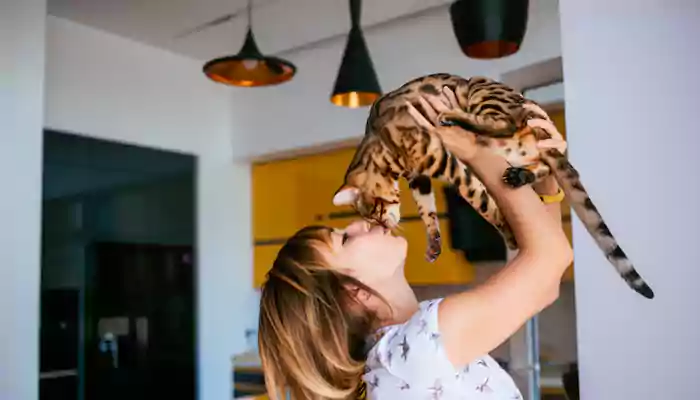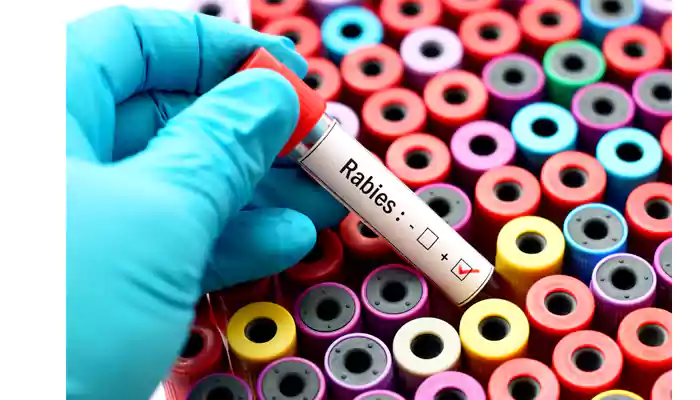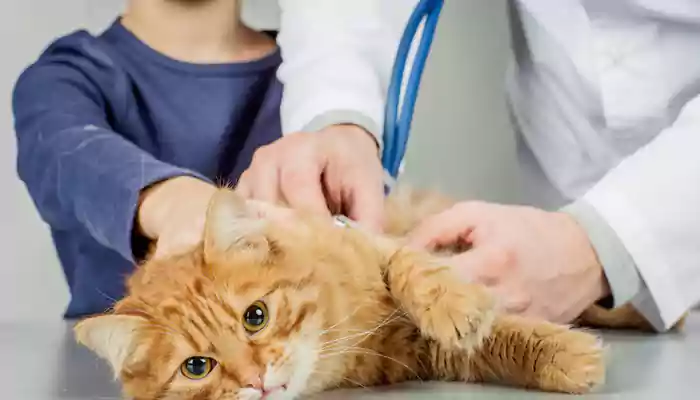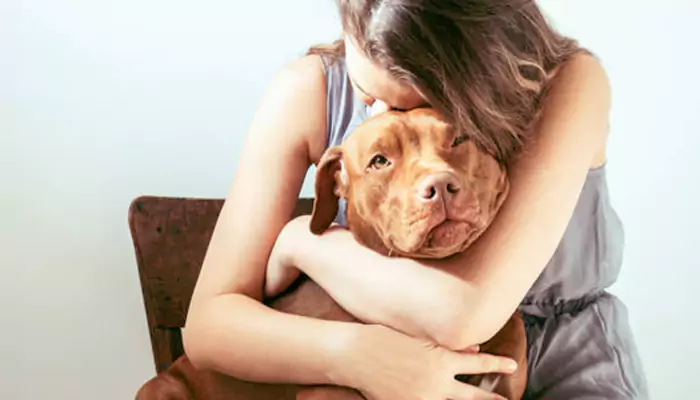Is It Okay To Kiss Your Pets? Understanding The Risks Of Animal-Borne Diseases

For many, pets are considered as family. The deep bond people share with their animals often translates into displays of affection, such as cuddles, scratches, and yes, even kisses.
But how safe is it to smooch our furry companions? Understanding the risks of animal-borne diseases can help pet owners make informed decisions about their interactions.
The Beauty of the Bond: Why We Kiss Our Pets
The relationship between humans and their pets is an ancient one, filled with mutual respect and love. Historically, animals served functional roles as hunters, guards, and transporters. Over time, these animals evolved from being mere tools to companions, confidants, and family members. This deepening relationship led to more intimate displays of affection, including hugging and kissing.However, the cultural acceptance of kissing pets varies. In some regions, this intimate gesture is frowned upon, while in others, it’s a regular display of affection. The idea of kissing pets taps into a broader cultural debate about the role of animals in human lives. Are they simply domesticated animals, or are they members of the family deserving of affection?
The act of kissing, regardless of the species, is a powerful gesture. It signifies trust, love, and deep connection. For pet owners, this might mean the world to them, especially when coming home after a long day to a wagging tail or a purring feline. These moments, however fleeting, solidify the bond shared between humans and animals.
The Good - Emotional and Physical Benefits

Kissing and cuddling pets offer numerous benefits. These physical interactions release oxytocin, a hormone associated with bonding and love, in both humans and their pets. This strengthens the bond and provides comfort, reduces stress, and anxiety, and even helps lower blood pressure.
Potential Risks - Zoonotic Diseases
Zoonotic diseases are illnesses that can be transmitted from animals to humans. While the probability is low, there are some concerns when it comes to kissing pets:Bacterial Infections
Dogs and cats have bacteria in their mouths that can be harmful to humans. Examples include Campylobacter and Pasteurella. If a person has a weakened immune system or an open wound, they are at a higher risk of infection.Parasites
Cats, in particular, can carry a parasite called Toxoplasma gondii. While it’s more commonly transmitted through handling cat feces, there’s still a risk, albeit small, when coming into close contact with a cat’s face.Rabies

Although rare, and most pets are vaccinated, rabies is a fatal disease that can be transmitted through saliva.
Fungal Infections
Ringworm is a common fungal infection that can be passed from pets to humans through direct contact.Viruses
Certain strains of flu have been known to jump from animals to humans, although this is rare.Best Practices for Safe Pet Interaction
Vaccinations
Ensure your pets are up-to-date with their vaccinations. This not only protects them but reduces the risk of zoonotic disease transmission.Regular Vet Check-ups
Frequent vet visits ensure that any potential health issues are addressed promptly.Good Hygiene
Wash your hands after handling pets, especially before eating. Regularly clean your pet’s living spaces.Monitor Your Pet’s Behaviour
If your pet is acting unusually or seems sick, it’s best to avoid close physical contact until they’re better.Be Aware of Your Own Health

Those with weakened immune systems should be extra cautious when interacting with pets.
Striking the Right Balance
While understanding the risks is essential, it’s equally crucial not to be overtaken by fear. A responsible pet owner can easily strike a balance between showing affection and ensuring safety. With the right precautions, our relationship with our pets can continue to thrive, filled with love, respect, and countless moments of shared affection.While the chances of contracting a disease from kissing your pet are low, they aren’t non-existent. It’s essential to understand the risks and take necessary precautions to ensure both you and your pet remain healthy and happy. Remember, there are numerous ways to show affection to your pets that don’t involve mouth-to-mouth contact. Find what works best for both of you and celebrate the unique bond you share in the safest way possible.












